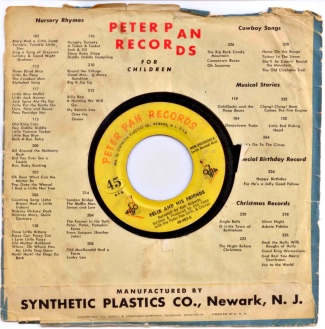
These observations are in no particular order and are obviously incomplete.
Big Data, Big Error and Certainty
The more we use big data to justify decisions, more certain we become. This is despite the fact that big data findings are expressed as probabilities. The more certain we become the more we open ourselves to big errors. The size of these errors and the size of our certainty will be roughly equivalent.
Networked Social Streams are just Television
What looked like a new medium turns out to be an evolution of television. The large social and search hubs have taken the place of the Networks. The business model of sponsored commercial messages in the stream remains roughly the same. The major innovation is that now when you talk back to the television, more people have the potential to hear you.
Recommenders: Rough propriety vs. Optimization
The robot that can find you the stuff you’ll like isn’t doing a very good job. The algorithm “if you like this tea, you’ll also like this weak tea” is flawed except for people who happen to be drinking weak tea. More precision isn’t what’s called for. The trick will be in finding what’s roughly appropriate rather than the perfect match. In this melody it’s the wrong notes that will prove most important.
Real time is Dead
Real time media (with the exception of financial data for the purpose of trading) is the equivalent of turning on the television to see what’s on. There’s always something on, but that doesn’t mean it’s a good idea to watch it. The flood of real-time personal digital information will be consumed and digested by equally large robots who will determine that nothing important is going on. It will turn out to be sound and fury signifying nothing. Now we can be certain that nothing’s happening. This will free up a lot of time.
The Technical Age is Inside of the Ecological Age
Humankind is constitutive of the biosphere, meaning that it is a part of a larger thing. While global warming is down to human activity within the biosphere, the biosphere isn’t something to which we can apply our human will and mold like a piece of plastic. The technical in us has the fantasy that we can “fix” the problem of the warming earth through optimizing our technical approaches. This is the faith of the scientist and the capitalist.
Plausible Deniability and the “You” who is Recorded
The poor will be recorded and prosecuted based on those recordings. The rich will purchase plausible deniability with regard to their recordings and nullify their value in courtrooms.
Silicon Valley has Over-Served the Consumer
With few exceptions, all new technology products and services will be considered superfluous. This will be the case for the next 15 to 20 years. Google Glass will prove to be indigestible. It will find a place in warfare and professional technical work situations. Pundits will keep looking for, and demanding, the next big innovation when we haven’t fully digested the last one. We barely understand the telephone and television yet.
The Enterprise was Already Social
There are many experts who will say that the Enterprise isn’t social until they say it is. Corporate enterprises are social by their nature, some new communications tools are added to the toolbox every year. This has always been true. Social in the enterprise will end up looking more like UseNet and Listservs. Real-time streams are for coffee breaks.
The Singularity and the Fear of Being Left Out
The singularity is the most important and telling fantasy of the technical age. Its practical possibility is unimportant. Those who desire and worship the singularity feel they will be included in this grand reunion of all things. They see themselves helping to build a paradise to replace the one we lost. Those who see it as dystopian exercise recognize that a machine-driven singularity may well exclude humans as too inefficient. The fallen human will have no place in the next level of evolution in which self-aware machines will dominate.








